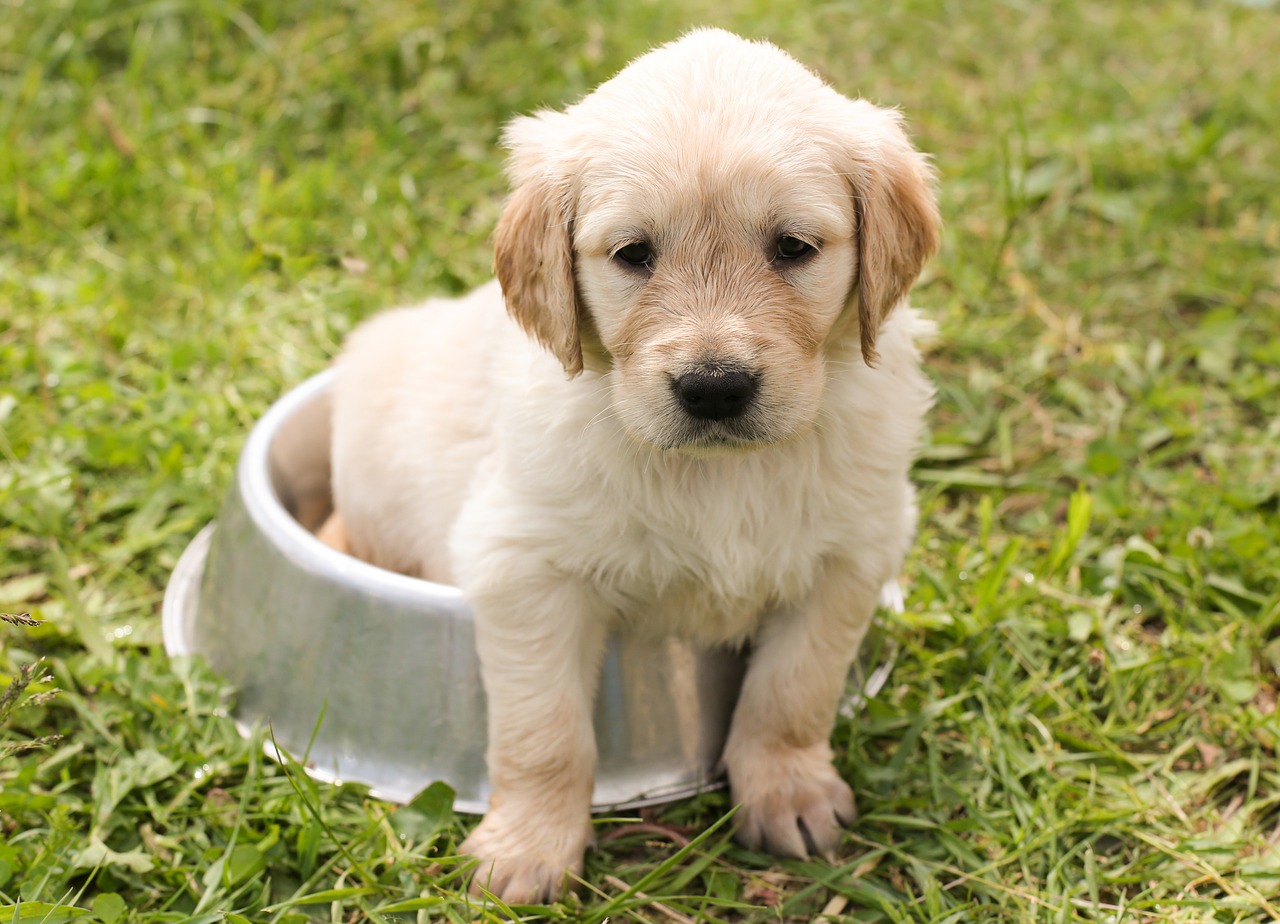When preparing to be a puppy owner, it’s important that you ensure you home is a suitable environment. Not only do you want to keep your puppy safe from the dangers in your home but you also want to protect your home from your puppy’s naughty destructive behaviour. Here are just a few ways in which you can turn your pad into a puppy-friendly zone.
Hide cables out of sight
Electric cables are a big danger to your pup. A live wire that is chewed could result in fatal electrocution or it could pose a fire hazard. It’s possible to buy pet-proof protective sleeves for cables that will make it difficult for your puppy to chew through them. You can also spray cables with chilli powder or lemon juice – the scent alone may deter your dogs from chewing them. However, the most effective measure is often to hide cables out of reach or simple out of sight. When it comes to trailing cables around the edges of walls, you could consider mounting them or using a wire channel to contain them. You could even run the cables through the inside of the wall, although this is likely to take a lot more work.

Check your houseplants
It’s always worth checking the type of plants growing in your home as some of them may be toxic to dogs if chewed. In fact, simply chewing a single leaf could be enough to send certain dogs to the vets in some cases. Common houseplants that are poisonous to dogs include aloe vera, lillies and jade plant – you can find a further list of poisonous houseplants here. If you have any of these plants in your home, you’re best relocating them or getting rid of them.
Lock away cleaning chemicals
You may also want to lock away any household cleaning chemicals such bleach, washing up powder and toilet cleaner. Puppies will be curious and will get hold of these chemical containers given the chance. Putting locks on your kitchen cupboards could be a worthwhile precaution, although you may be able to simply store them somewhere out of reach.
Relocate valuables out of reach
On top of hazardous items, you don’t want your puppy to chew on items of personal value. Move items that you don’t want to get chewed out of reach. This could involve ornaments, shoes, electronics, kids toys, the TV remote and anything else that you might usually leave lying around. Opting for closed storage containers could also be useful such as a toy box with a lid or a chest for shoes rather than a rack. Of course, you can always train your puppy to not touch these items by giving firms commands, however in the early days when you may not be able to keep an eye on your puppy 24/7, it could be useful to keep certain valuables out of reach.

Create a designated puppy space
Your puppy deserves a space that is theirs. This could be somewhere that is completely free of hazards and valuables and somewhere to store your dog’s toys and their bed. You could even use this as a space to put your dog’s bowls of food and water. Not only will this help your puppy adjust to life at your home by giving them a safe space, but it could give you somewhere to put your puppy when you need your own space to carry out household chores or get work done. Puppy pens are a popular means of containing puppies that are great for when doing housework. You can also buy outdoor puppy pens to put in the garden.
Consider a stairgate
If you don’t want your puppy venturing upstairs, it could be worth installing a stair gate. This can offer a physical barrier that prevents you from constantly having to watch your puppy. Whilst you can use child stair gates to keep out dogs, there are specialised dog stair gates on the market that could be more effective.
Consider a mailcage
Some dogs have a tendency to chew up mail the moment it’s posted through the door. Placing a mail cage on the inside of your door to catch mail could prevent your puppy getting its teeth on it. Not all puppies will eat mail – it could be something to consider once your dog has settled in if you notice this behaviour.
